#bloomsday
Text
#OTD in 1941 – James Joyce, considered by many to be one of the most important modern authors in English because of his revolutionary approach to the novel, dies in Zurich.
When I die Dublin will be written in my heart. –James Joyce
James Joyce published ‘Portrait of the Artist’ in 1916 and caught the attention of Ezra Pound. With ‘Ulysses,’ Joyce perfected his stream-of-consciousness style and became a literary celebrity. The explicit content of his prose brought about landmark legal decisions on obscenity.
Joyce’s relationship with his native country was a complex…
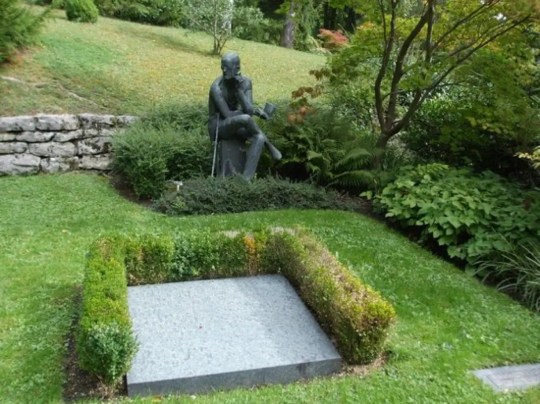
View On WordPress
#6 June#Bloomsday#Dublin#Finnegan&039;s Wake#Ireland#Irish History#Italy#James Joyce#Leopold Bloom#Nora Barnacle#Paris#Ulysses#Writer#Zurich
20 notes
·
View notes
Photo




James Joyce, (1922), Ulysses, Vol. 2, The Odyssey Press, Hamburg, 1932 [Bibliothèque nationale de France, Paris]
#graphic design#book#cover#book cover#james joyce#ulysses#bloomsday#the odyssey press#bibliothèque nationale de france#1930s
44 notes
·
View notes
Photo
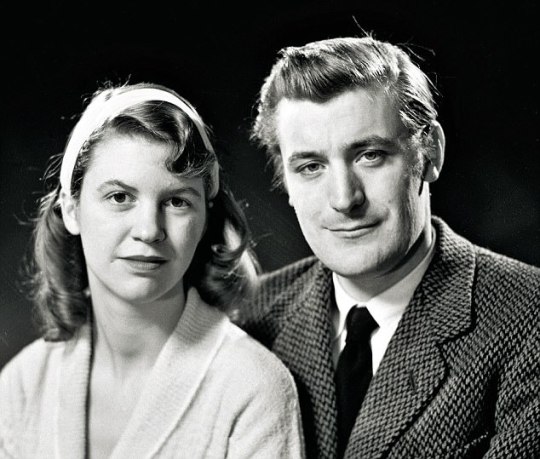
“And I am married to a poet. We came together in that church of the chimney sweeps with nothing but love & hope & our own selves: Ted in his old black corduroy jacket & me in mother’s gift of a pink knit dress. Pink rose & black tie. An empty church in watery yellow-gray light of rainy London. Outside, the crowd of thick-ankled tweed-coated mothers & pale, jabbering children waiting for the bus to take them on a church outing to the Zoo.
And here I am: Mrs. Hughes. And wife of a published poet.”
—from The Unabridged Journals of Sylvia Plath, Cambridge Diary, Monday afternoon: February 25 1957
...
Sylvia Plath and Ted Hughes first met on 25 February 1956 at party in Cambridge, England. They married only four months later on 16 June 1956 at St George the Martyr, Holborn, Camden, London in honor of Bloomsday with Plath‘s mother Aurelia being the only wedding guest.
They have been married for six years and four months until Plath died by suicide on 11 February 1963.
Even though they have been separated for five months since September 1962, they never got a divorce.
Maybe today would have been their 67th anniversary, if they were alive and stayed together.
Picture: Sylvia Plath & Ted Hughes photographed by by Lettice Ramsey at Ramsey & Muspratt in Cambridge, England in 1956.
This picture is one of 10 Plath and Hughes had taken a few moths later in November 1956 as their official wedding photos.
They are wearing their actual wedding attire and Plath wore a “pink knitted suit dress”.
They both ended up hating the photographs.
If you want to find out more about their wedding and the story of these wedding pictures, I highly recommend you to read Ann Kennedy Smith‘s blog post at https://akennedysmith.com/
Photo source: http://thiswomanisdangerous.blogspot.com/
#sylvia plath#ted hughes#cambridge#the unabridged journals of sylvia plath#1965#anniversary#james joyce#happy anniversary#Bloomsday#st george the martyr#london#holborn#Camden#aurelia plath#sylviaplath#ulysses#ramsey and muspratt#peter lofts#peter lofts photography#lettice ramsey
30 notes
·
View notes
Note
What if Luke shows his appreciation to Din by giving him the first onion he grows. Din, not wanting to discourage Luke who he knows worked very hard that onion, bites into it like an apple.
omg that would be so cute...and Din would be so stupid and frantic and crazed with love and needing to make Luke happy that, yeah, he just noms it
Luke is SO happy
Din is just cringing over the mouthful but still bursting with love that Luke did this for him
62 notes
·
View notes
Text

Idk, I just drew this apparently rotten mutant flower
25 notes
·
View notes
Text
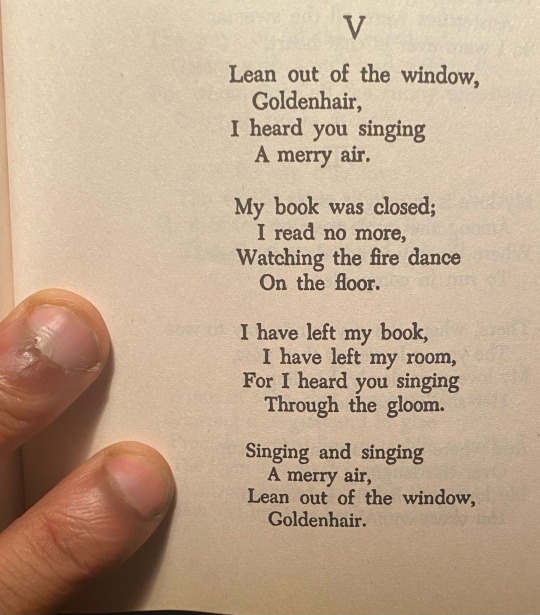
Syd Barrett’s setting of Joyce’s poem from Chamber Music (the soft machine was the backing band here)
23 notes
·
View notes
Text

Happy Bloomsday.
12 notes
·
View notes
Text
Stately, plump Buck Mulligan came from the stairhead, bearing a bowl of lather on which a mirror and a razor lay crossed.
— the opening line of Ulysses
12 notes
·
View notes
Text

Ulysses is a lot of things, but the aspect that has long held me most closely is the lesson of how surrender must come before intimacy. For most of the book, which is partly an allegory of a hobbled, down-beaten artistic sentiment finding its way back to love, passion, and the source of creation, the principal protagonists – Molly and Leopold Bloom, husband and wife – are at rough ends. They’ve not made love in ten years, and through the narrative, we learn they’ve found a way to cope with their frustrated desires. Leopold is always looking out at other women, rather creepily. He’s a bit of a twerp, trying to sneak glimpses down blouses or staring unobtrusively at the round of a bottom and hoping not to be noticed. In one chapter, he publicly has at himself on the beach while watching Gerty MacDowell and her “rosebud mouth” as she stands in the water. There are fireworks. Joyce makes it entertaining. But it's still a guy jerking off while watching a teenager bathe.
Meanwhile, Molly has her lovers, and that very day meets with Blazes Boylan, a crude and foolish man who treats her like “a horse or an ass,” never really seeing her - only what she can give him, the release she provides with her body.
It’s pretty clear that Joyce intended, at least in part, for the book to be an allegory for the destruction of unity brought about by colonialism in his homeland. Blazes is positioned as a stand-in for the British Army of occupation. Molly is Ireland's fecundity and the Irish culture’s depth and sensuality. Leopold is the wandering spirit and intellect of a distraught, belittled cuckold, an artist neutered by the world and beaten down to voyeurism and self-indulgence.
But Molly and Leopold still remember one another, deep under the pain. In one telling passage, Molly – after sleeping with Blazes – reflects that for all Boylan’s performative virility, Bloom “has more spunk in him.”
They both know where they belong, in the end - with love and with one another, if only they can get out of their own damn way. But history, defeat, insecurity, anger, frustration, and disappointment keep them wandering apart – like ancient Ulysses himself – for ten long years, lost at sea.
Until the surrender.
The book ends with Molly Bloom’s famous soliloquy, in which she repeats dozens and dozens of times the word “YES.” It is a beautiful moment of self-awareness and self-assertion, but even more sensually, that self-awareness and self-assertion manifest themselves in a release of her own perpetual negation. She says YES all those times in the final chapter because she has grown so weary of saying NO. She and Leopold have been saying NO to one another for a decade. They’ve grown isolated, scornful, and cruel, striking out at one another and debasing themselves. They’ve built walls and hidden behind them, scurrying around out of fear and shame and pain and the lost battles of long ago.
Until Molly – the great, sensual spirit and passion that swims below everything – finally surrenders, lays down her arms and remembers what it is to love. She says yes.
Does Leopold?
Joyce doesn’t tell us, but I like to think that – at the end of the longest day – he’s finally wise enough to do so, too.
Yes.
Happy Bloomsday. I hope you celebrate by dropping whatever axes you hold toward those in your life with meaning and history, and that you open your arms again in love.
Yes.
[Michael J. Tallon]
[NOTE * Mary E. Donnelly]
(You’re confusing Gerty MacDowell with the bird girl at the end of A Portrait here. Both are on the beach, but Gerty is not in the water: she’s babysitting during a fireworks show. She knows Bloom is watching her: the narrative voice of Nausicaa is hers.
None of this takes away from the larger and more salient point you’re making here: Bloom comes home, and after seeing Stephen off, brushes the crumbs of infidelity out of the bed and climbs in. Molly, pretending to sleep, knows pretty much exactly what he’s been up to, but she too chooses love and peace. It’s truly transcendent.)
13 notes
·
View notes
Text
Ringing in my own double nickel birthday with an appropriate instrumental from the Minutemen's Double Nickels on the Dime:
youtube
And a hug from Jones, the Household God:

10 notes
·
View notes
Text
#OTD in 1882 – Birth of novelist, short story writer, and poet, James Joyce, in Dublin.
Born in Dublin, James Joyce, contributed to the modernist avant-garde and is regarded as one of the most influential and important authors of the 20th century.
James Joyce published ‘Portrait of the Artist’ in 1916 and caught the attention of Ezra Pound. With ‘Ulysses,’ Joyce perfected his stream-of-consciousness style and became a literary celebrity. The explicit content of his prose brought…

View On WordPress
#6 June#Éamon De Valera#Bloomsday#Dublin#Finnegan&039;s Wake#Fluntern cemetery#Ireland#Irish History#Italy#James Joyce#Leopold Bloom#Nora Barnacle#Paris#Ulysses#Writer#Zurich
10 notes
·
View notes
Photo

Bloomsday 2023
(image: James Joyce, (1922), Ulysse, Translation by Auguste Morel and Stuart Gilbert, Text revised by Valery Larbaud and James Joyce, Adrienne Monnier / La Maison des Amis des Livres, Paris, 1929)
#graphic design#book#cover#book cover#james joyce#ulysses#bloomsday#auguste morel#stuart gilbert#valery larbaud#adrienne monnier#la maison des amis des livres#1920s#2020s
49 notes
·
View notes
Text
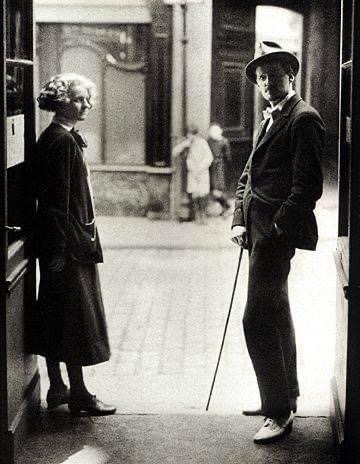
Sylvia Beach with James Joyce :: Paris 1922
112 notes
·
View notes
Note
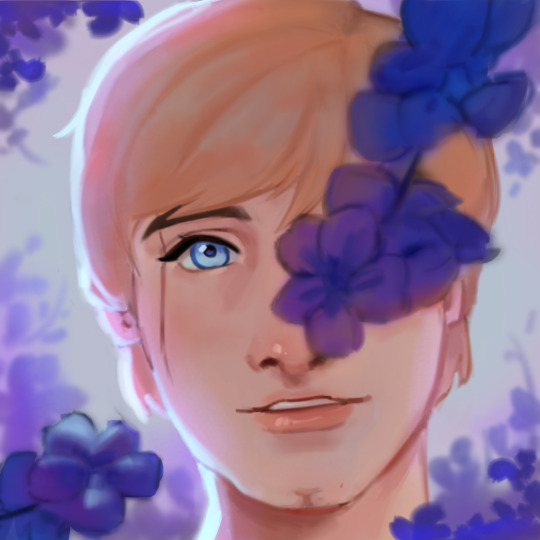
hi owl! i read how the bloom yearns a week or two back and i couldnt get your writing out of my head, so here's a present :-) please enjoy him!
OH MY GOD, OH MY GOD, OH MY GOD
HE'S GORGOUS! THE BABY IS STUNNING! WHAT HAVE YOU DONE?!?!? I'M DYING! YOU'RE KILLING ME!! I'M SCREAMING!!
EVERYONE LOOK AT THIS STUNNING PIECE OF BEAUTY!
WHAT?!??!?! THANK YOU-THANK YOU-THANK YOU!!!!!!!!!
139 notes
·
View notes
Audio
7:21 PM EST February 25, 2024:
Fontaines D.C. - “Bloomsday”
From the album Skinty Fia
(April 22, 2022)
Last song scrobbled from iTunes at Last.fm
File under: Dublin City
–
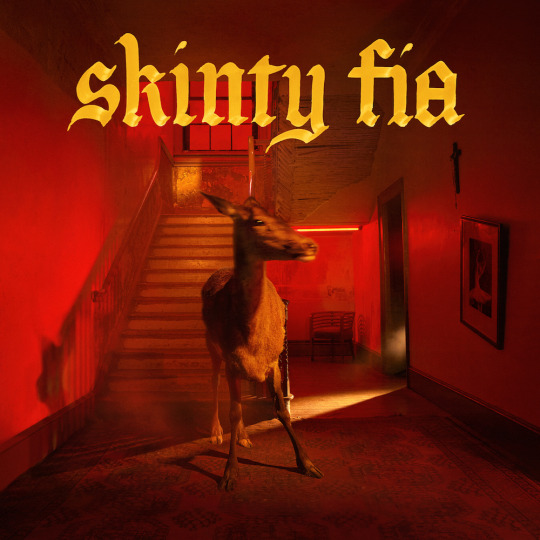
2 notes
·
View notes